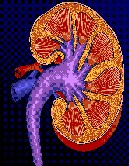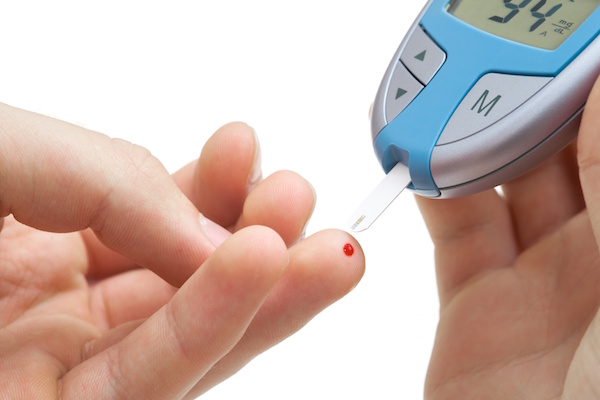
TUESDAY, June 21 (HealthDay News) — The frequency of diabetic kidney disease has increased in line with rising rates of diabetes in the United States over the past two decades, a new study finds.
About 40 percent of people with diabetes develop diabetic kidney disease (DKD), which is a leading cause of chronic kidney disease and accounts for nearly half of all new cases of kidney failure in the United States, according to background information in the study in the June 22/29 issue of the Journal of the American Medical Association.
The researchers analyzed national data from the past two decades, and found that the prevalence of DKD in the U.S. population was 2.2 percent in 1988-94, 2.8 percent in 1999-2004 and 3.3 percent in 2005-08.
The demographically adjusted increase in DKD prevalence was 18 percent from 1988-94 to 1999-2004 and 34 percent from 1988-94 to 2005-08.
The estimated number of people with DKD in the United States at any given point in time increased from 3.9 million during 1988-94 to 5.5 million during 1999-2004 to 6.9 million during 2005-08.
The researchers also found that the prevalence of impaired glomerular filtration rate (a measure of kidney function) among people with diabetes increased from 14.9 percent in 1988-94 to 17.7 percent in 2005-08.
“In conclusion, DKD has become more prevalent in the U.S. population over the last two decades and will likely contribute increasingly to health-care costs and mortality,” wrote Dr. Ian H. de Boer, of the University of Washington, Seattle, and colleagues.
Increasing use of medications to lower glucose levels and blood pressure haven’t seemed to prevent diabetic kidney disease from increasing, he added.
More information
The National Kidney Foundation has more about diabetes and kidney disease.

